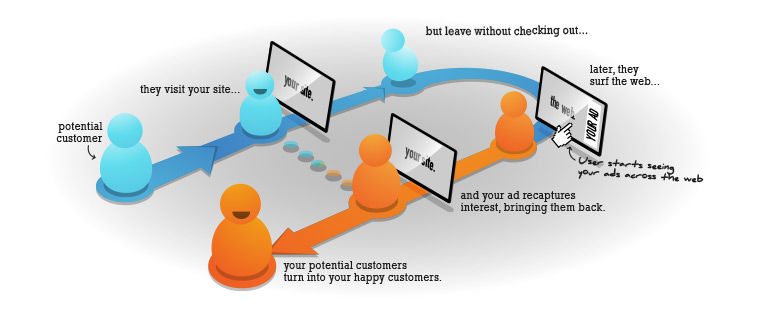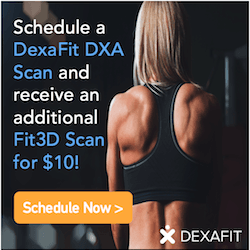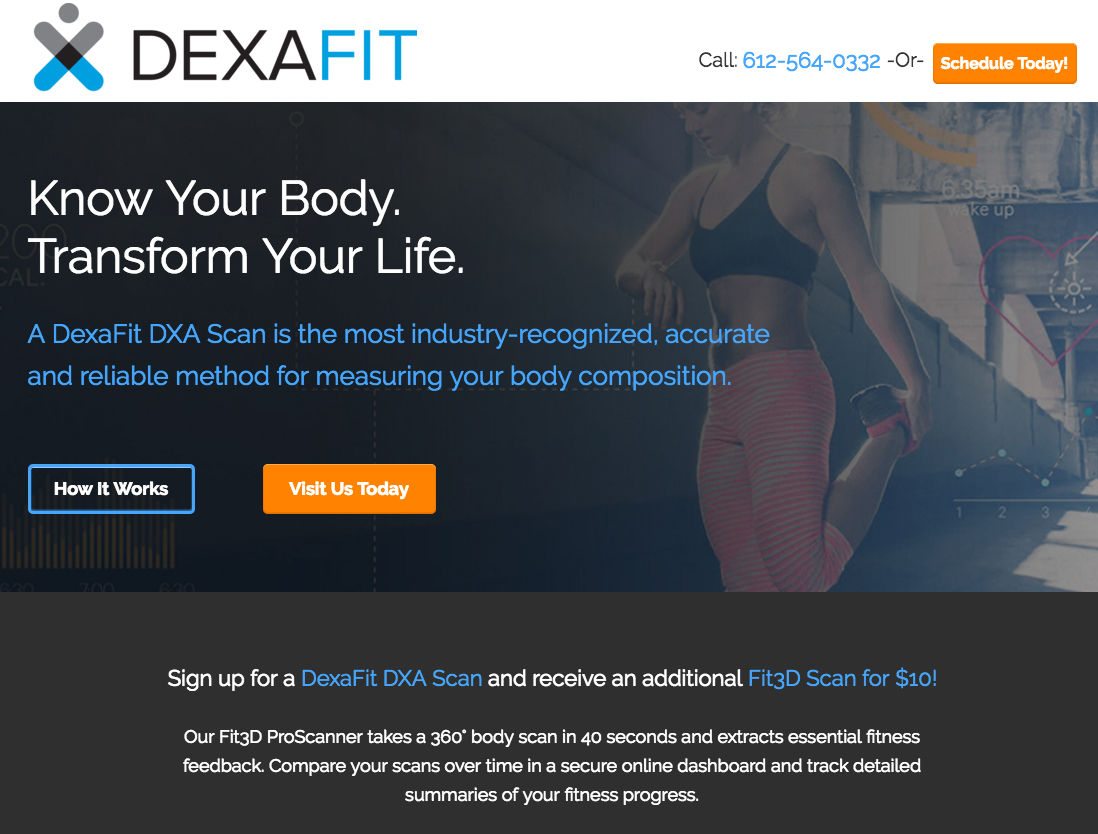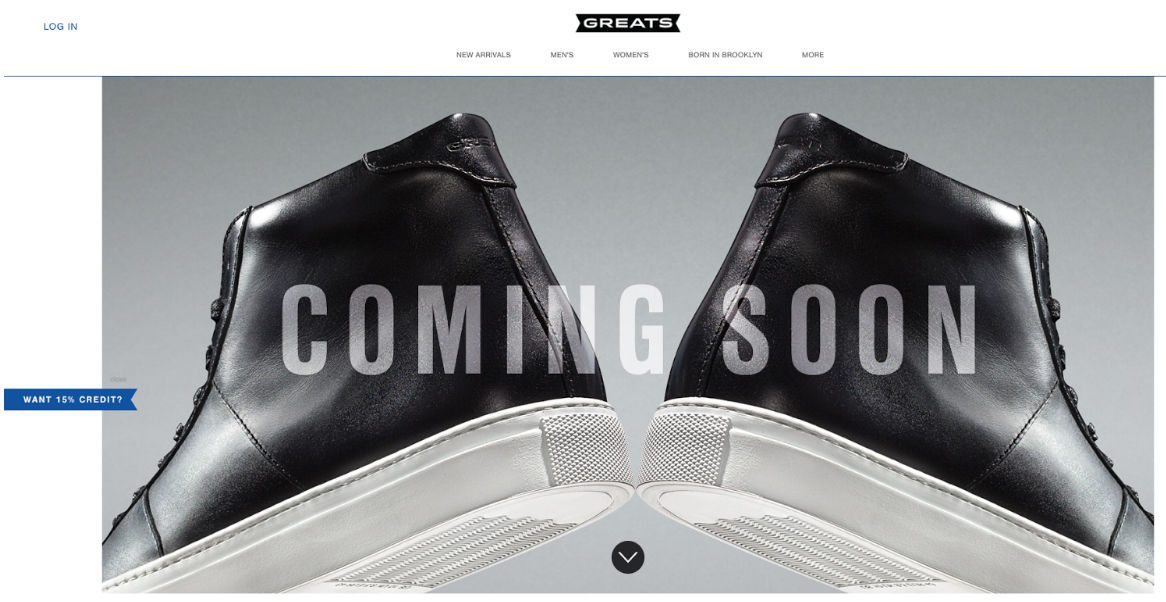Wouldn’t it be great if every customer who visits your landing page takes a very linear path down your sales funnel? Ideally, in one session, you want a user to visit your site and fill out a form for more information. Your sales team then follows up with this potential customer and next thing you know, you’ve made a sale and have acquired a new satisfied customer.
This scenario is every marketer’s dream! Sadly, this is not reality.
The sales funnel is not as simple and straightforward as one may think. Many times when a visitor lands on your landing page, they may not immediately convert. They often leave your page never to be seen again or return later to fulfill your landing page’s ultimate goal. You now have their interest, but they want to be sure they’re choosing the best fit for their needs.
After a lengthy comparison of your product or service versus your competitors. They reach out to your sales team. Your sales team closes the deal, and you now have another satisfied customer.
Success! Right?
Instead, you end up with the same result, but a more lengthy and complex sales funnel. If only there were a cost-effective way to reach out to those who left and forgot about the great product or service you offer. The opportunity arises where retargeting can come into play and help re-engage these “lost” potential customers.
What is retargeting?
Retargeting is an online advertising strategy of showing banner ads to people who previously visited your site, while they visit other sites. However, many advertising services also use retargeting as cost per mille or daily reach, too.
So how does this differ from standard display ads? With retargeting ads, you are only targeting those users who have previously visited your site or a particular web page.
How does retargeting work?
This is a typical path a visitor takes when retargeting is implemented in paid advertising campaigns:

A retargeting pixel is placed on each page of your website or an individual landing page. Each time a new visitor visits your landing page, the pixel sets a “cookie” in the user’s browser.
Then when they leave, that “cookie” notifies your retargeting platform (Google, AdRoll, etc.) to serve a particular ad to that customer. Cookies act as reminders for your customer to revisit your website and move further down your sales funnel. The goal of retargeting is turning window shoppers into buyers.
Another effective method of retargeting is using list-based retargeting. List-based retargeting works by uploading an email list of current and interested customers to your retargeting platform. You can then create segments of customers with similar interests or in the same stage of the sales funnel, and hit them with ads that will lead to a sale.
List-based retargeting is a good way to re-engage with past customers to inform them of an upcoming sale or promotion.
How to use retargeting?
First, you have to keep in mind that retargeting is not only used for driving traffic to your landing page or website. It acts as a catalyst to re-engage with those window-shoppers and turn them into buyers. Therefore, having a strong pay-per-click campaign is important to drive the right traffic to your site using retargeting.
It may seem simple enough to drop a piece of JavaScript code onto every page of your site. It lets your retargeting platform do the rest, but creating ads that have a clear call-to-action and promote an offer is crucial. It’s important to segment your visitors by what type of products they have looked at (e.g. hats versus shoes) and then tailoring your ad copy based on those segments.
What benefits does retargeting offer?
The benefits of retargeting far outweigh the costs because it often leads to higher click-through rates and lower cost-per-clicks. Here are some of the main advantages of implementing a retargeting strategy:
- Precise targeting. Rather than taking the shotgun approach and targeting many users who may or may not be interested in your product or service, you are now able to accurately target users who have expressed interest.
- Greater engagement. You know who your target users are. Now you’re able to create tailor-made ads for them. People who have shown interest in what you are offering and have previously visited your site are more likely to engage with your retargeting ads.
- Increased conversions. With a heightened sense of brand recall from being familiar with your brand, your ads serve as a reminder of the benefits provided by your product or service. Focusing on these users who have shown user intent is a crucial step to turning that lead into a sale.
Send traffic to a dedicated landing page
An essential element to ensure your retargeting efforts are working is creating highly targeted ads and dedicated landing pages. More often than not, we see very well-designed retargeting ads, but they redirect the user to the business’ homepage. They can grab your attention and entice you to click, but fail when it comes to execution.
Now, if you put yourself in your customer’s shoes. You’re probably confused and maybe a little frustrated since you’re not seeing what you were expecting. You’ll probably leave and never come back.
Here is a retargeting ad that I came across while online:

The ad has a clear service offering, and it speaks to what the user most likely saw on a service page. The highlighted words emphasize the specific service and the upsell they want users to take advantage of.
Those who click on the ad are sent to this landing page:

You can immediately tell that this isn’t a service page on the main website since there are no navigation links or other page goals. The page has a proper headline, a supporting benefit statement, and a clear CTA that matches the ad that was clicked. Just below the CTA button is the advertised deal and more detail about the upsell, which the company is promoting.
Recently, I was shopping for a new pair of shoes and was hit with this ad:

It’s a clean looking ad and piqued my interest enough that I clicked on it, hoping to see this style in more colors. Instead, I landed on their homepage:

I’ll admit to being frustrated, and I didn’t even bother searching for the style that got me to click on their ad in the first place. So I left without thinking twice.
Unfortunately, this is a common occurrence among many online advertisers. Something as simple as connecting your retargeting ads to a dedicated landing page can have an enormous impact on the number of conversions you see, and more importantly, sales.
Retargeting is also a highly cost-effective method. Since you are ensuring your marketing budget is going towards people who have previously engaged with your site. Compared to typical display banner ads, you can target users in the early stages of the buying cycle.
You can take your retargeting efforts a step further by using it as a way to get a person who has recently converted and offer an upsell. Remember, since they purchased from you once, they are more likely to buy from you again since they already like what you are offering.
Expert tactics to level up your retargeting
Target users who exhibit a high intent of purchase
These are users who have filled out your contact form, added items to the cart, or have viewed several pages within your site. Users who have shown interest in what you’re selling are more likely to engage with your retargeting ads and make a purchase.
Start building out product-specific ads
With the tracking pixel on your website, you know exactly what pages your users have visited and can serve them segmented ads based on what product pages they viewed. You’ve probably noticed getting hit with an Amazon ad for a product you saw earlier in the day. They served you that particular ad based on what product pages you viewed while browsing their site.
Utilize first-party data that is available to you
Link your Google Analytics account with your Google Ads account if you haven’t already. By doing this, you can create retargeting lists or exclude users who have spent ‘X’ amount of time on your site. After reviewing the analytics of your site, you’re able to pinpoint users who have expressed significant interest in what you are offering.
Don’t be spammy, be strategic
Banner fatigue is not a myth, and it matters in your retargeting campaigns. With over 198 million adblock users, it’s easy to see how display ads have been abused. Avoid negative association with your brand by setting a frequency cap on the number of times a user will see your ads.
Another method of attaining new customers is prospecting. It requires a different strategy than retargeting. Since you’re not necessarily reaching out to people who are familiar with your product or service.
What is prospecting?
There are various methods of prospecting you can go about to obtain new leads. Here are two:
Client Referrals. It’s generally not recommended you ask any of your customers for referrals. Only when you are delivering an exceptional service and quality work that maximizes their business should you be confident to ask for referrals. If you do it right, leveraging your best clients for new leads can be a definite asset.
Workshops and Conferences. Prospecting is as much about you finding the right leads as it is about the right leads finding you. Build relationships at these events by demonstrating your knowledge and expertise. Quality leads will reach out to you if they believe you are the right match for their business.
How to attract new clients
There are four general stages to optimize your sales funnel, and prospecting helps start the process:

- Research your prospective clients. Taking the time to understand what the ideal client looks like for your business, is crucial in a successful prospecting strategy. What budget do your prospective client’s need to have? What kind of customer-client relationship do you want? Having a clear picture of the type of prospects that fit your business, will make it a lot easier to filter the ideal prospects from the not-so-ideal prospects.
- Know when to let go. Don’t waste your time on a prospective client that turns out to be a poor fit with your business. You’re going to make mistakes, but these are the ones that serve as the best learning tool.
- Be a consultant, not a salesperson. Drop the scripted sales pitch and focus on helping them improve their business after analyzing their particular situation. Maybe they are targeting broad match keywords, which is causing a high cost-per-conversion. It’s these insights that’ll prove your worth and make you stand out from the standard sales pitch.
- Leverage your marketing to improve your sales. Understand your prospective client’s needs and pain points. Aligning your marketing with your sales strategy can lead to more closed sales.
What are the benefits of prospecting?
Prospecting is utilized in every business, but often not performed correctly. Lack of research into a prospective client’s business or standardized sales pitches often turns a potential deal.
Take the time to build a solid list of potential clients. Research their specific pain points, and offer solutions in the areas they can improve. The most significant benefit is learning from missed opportunities and discovering ways to improve your sales strategy.
Expert tactics to level up your prospecting
Be a thought leader in your industry
Establish yourself as an expert in your industry by writing blog posts for both your website and well-known players. While this isn’t a new concept, it takes great content to get noticed in a “noisy” online world. Especially since the Google Trends data shows continued interest in the search term:
Harness the power of CRM
Using a CRM provider such as Salesforce or HubSpot, allows you to keep track of potential customers at all stages of the sales cycle. CRM’s have led to sales conversions rate improvements of over 300%.
Combining the power of both
Utilizing retargeting and prospecting can significantly improve the quality of your sales leads and increase your closing rates. While these tactics might have a slightly higher cost per acquisition than SEO, knowing how to leverage both will be crucial in your marketing and sales efforts. Prospecting can help find new audiences to target while retargeting helps re-engage customers and lead to better customer relationship management.
To turn ad clicks into conversions, create dedicated, fast-loading landing pages for every offer. See how you can provide audiences with unique landing pages by signing up for an Instapage 14-day free trial today.
About the author
Jordan Matsunaga is a PPC Specialist at Directive Consulting. When he isn’t building custom landing pages and optimizing pay-per-click campaigns. He spends his time playing hockey and going on nature walks with his trusted dog sidekick Miki.

Try the world's most advanced landing page platform with a risk-free trial.
